The 4x4 General Purpose vehicle, (nicknamed “Jeep” either due to the “GP” initials or after a character “Eugene the Jeep" in the Popeye cartoons), became a familiar sight amongst all allied units. Used for a variety of purposes it was heavily modified when adapted for a wide variety of roles for Airborne use. The Jeeps were used to tow 6pdr anti tank guns, to provide a reconnaissance role, signals vehicle and to provide transport for the wounded, amongst others.
The changes were necessitated by operational needs and experience. The main modifications were in order to fit the Jeep into the Horsa Glider for transportation.
Changes included:
- Cutting down the front bumper Footsteps and grab handles removed to allow fitting into the Horsa Glider
- Stowage of the spare wheel in front of the radiator grill to prevent shrapnel damage in the Reconnaissance version. This, in turn, unfortunately caused over heating.
- Addition of a pintle mounted single or twin Vickers K Machine Gun for the front passenger in the Reconnaissance Role-
- Stowage of the rear jerry can in between the front seats, with two more added behind the seats to enable loading in a Horsa Glider
- Fitting of a 22 Wireless set over the rear drivers side wheel arch and additional battery holders and reels for the Signals variant
- Attachment points for stretchers for the Medical version
- Removal of the windscreen
- Addition of a removable steering wheel with the horn being moved to the dashboard
- Entrenching tools removed from the sides, to allow for easy loading and unloading, with the tools relocated to the bumper
- Black-out driving light on the left front mudguard removed and the lights in the grill were replaced with smaller versions mounted on the mudguards. The two main headlights were generally replaced by a single British blackout headlight.
The Airborne Jeeps were heavily used from Normandy through to the Rhine Crossing and were heavily committed during Operation Market Garden at Arnhem. Post war they continued in service until the late 1950s, seeing action in many locations such as Palestine and Suez, having been adapted to be parachute deployable from beneath the wings of the Hastings aircraft.
Statistics
Length: 333 cm
Width: 157.5 cm
Height: 183 cm with top up reducible to 132 cm
Weight: 1040 kg

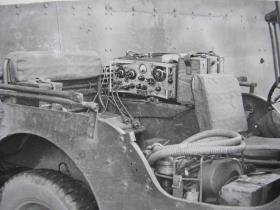
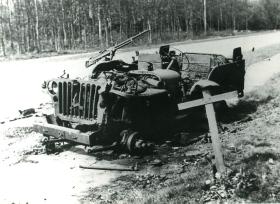
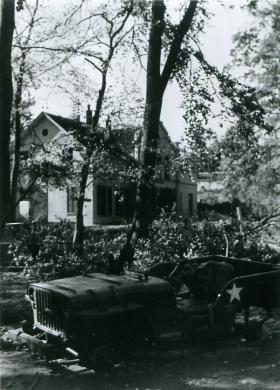
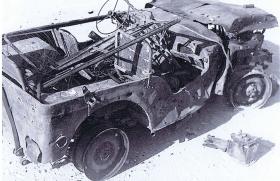
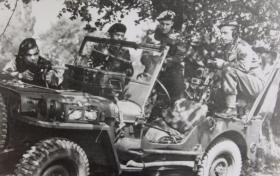
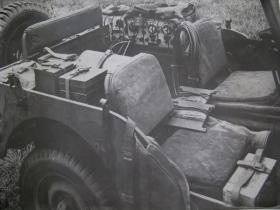
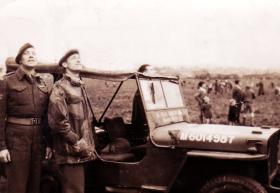
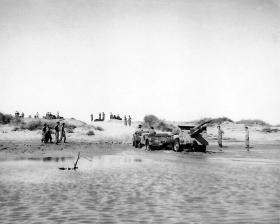
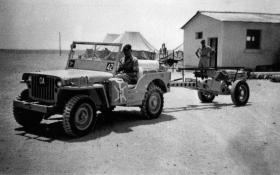
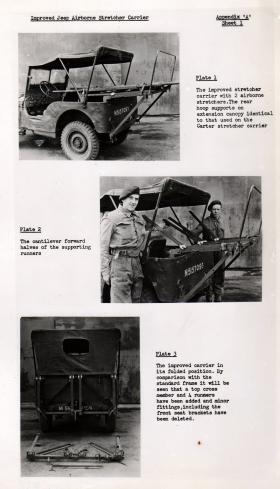
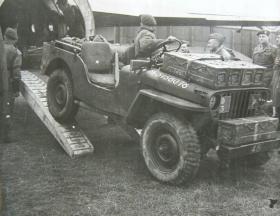
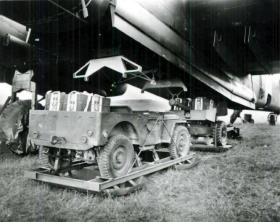
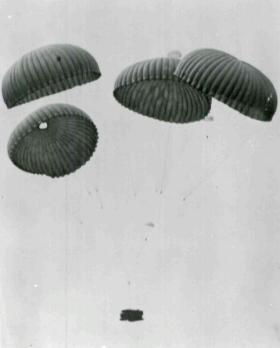
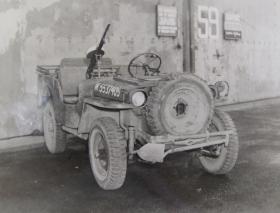
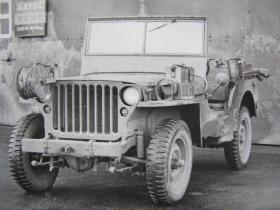
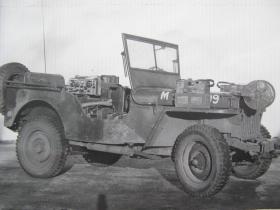
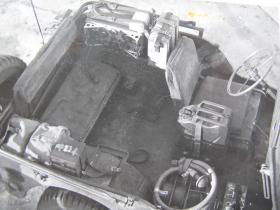
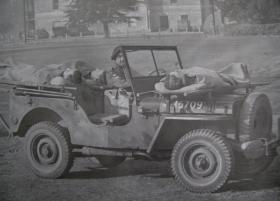
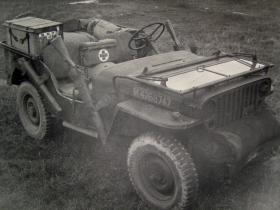
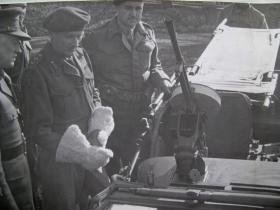
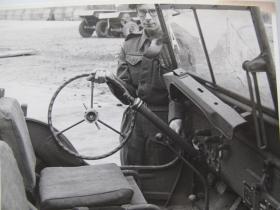
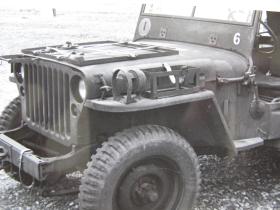
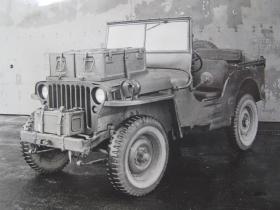
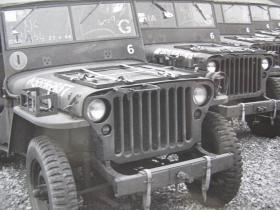
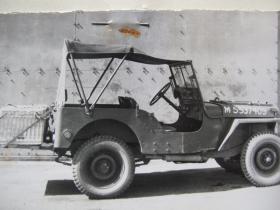
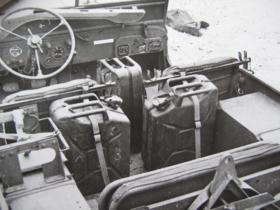
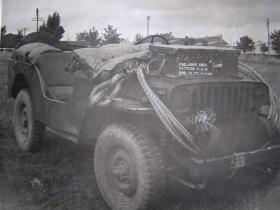
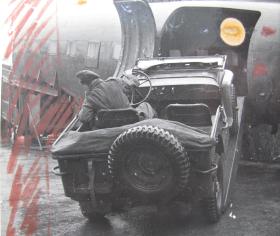
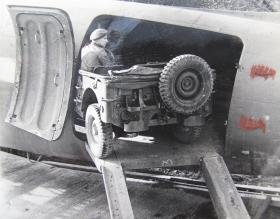
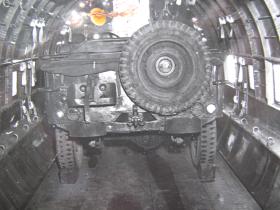
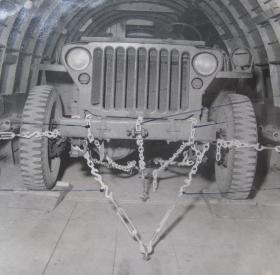
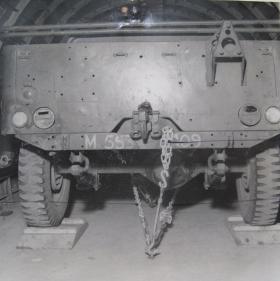
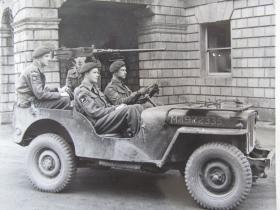
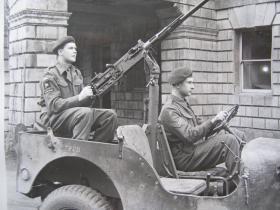
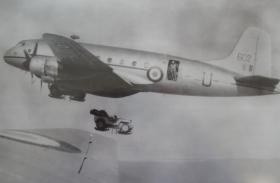
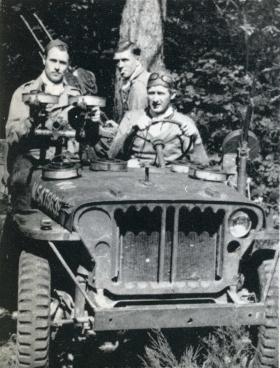
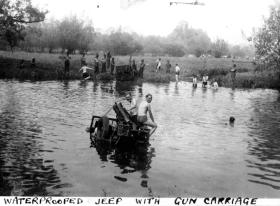
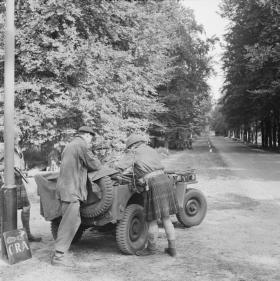
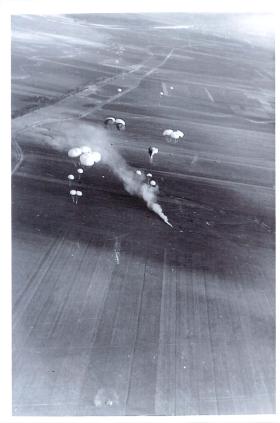
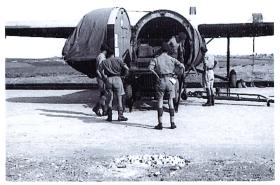
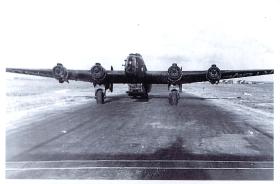
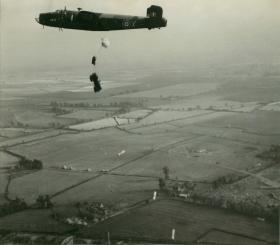
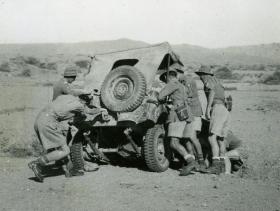
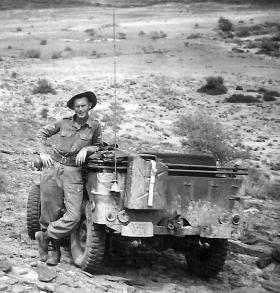
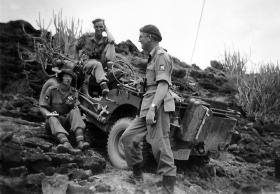
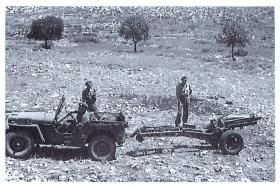
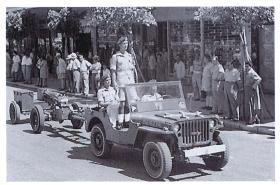
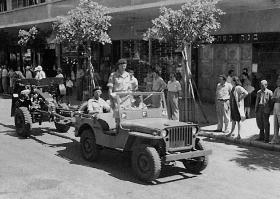
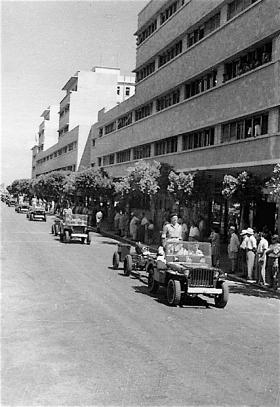
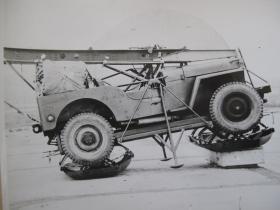
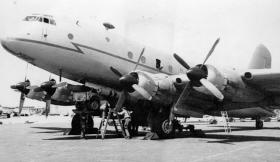
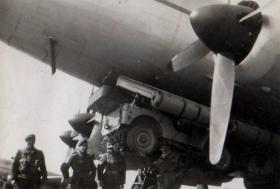
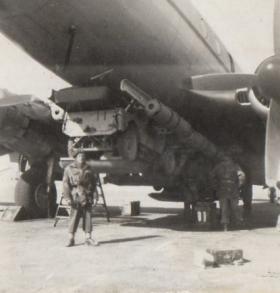
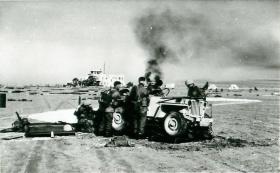
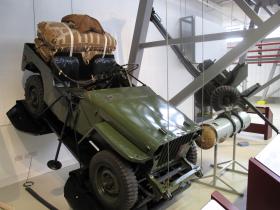
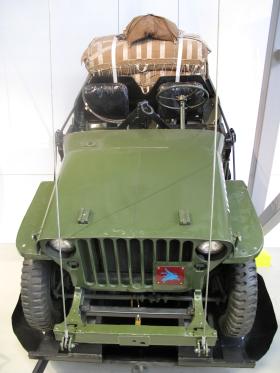
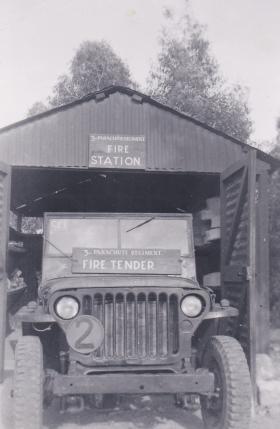
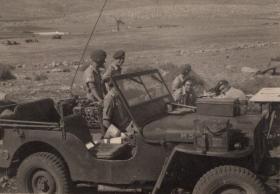
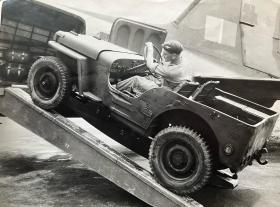
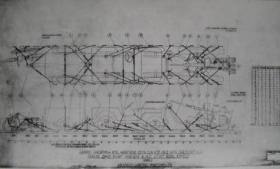
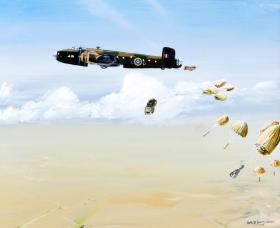



Latest Comments
There are currently no comments for this content.
Add Comment
In order to add comments you must be registered with ParaData.
If you are currently a ParaData member please login.
If you are not currently a ParaData member but wish to get involved please register.